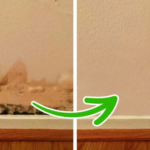If you don’t have a dryer, it’s hard to dry wet clothes. Towels, sheets, pillows, and mattresses always feel damp and have a musty smell… In addition, electronic devices are easily damaged. Food is prone to mold. All of these problems truly create conditions for bacteria and mold to thrive.
Here are 4 tips for drying your home quickly in humid weather:
1. Always keep the door closed
In humid weather, the wet floor and stuffy air make many people tend to open windows and doors to let in the fresh air. However, this is a serious mistake.
When you open the door, the high-humidity wind from outside will only make the house more damp. Therefore, it is best to limit opening the door, while finding ways to seal the gaps in the house, minimizing the exchange of humidity to prevent the phenomenon of sweaty floors.
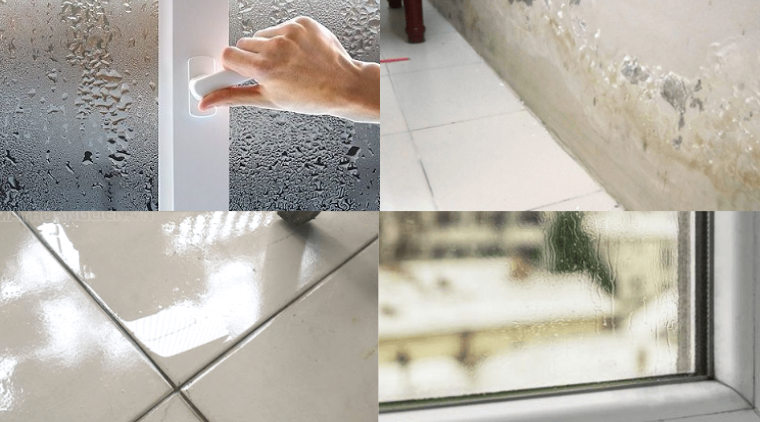
2. Clean the house with a dry cloth
To deal with this humid weather, many people constantly clean the house in the hope of keeping it dry and clean. But if you use a wet mop or towel, it not only doesn’t clean but also adds more moisture and discomfort.
Therefore, if you must mop the house, you should use a dry cloth or a highly absorbent fabric to wipe away the accumulated water.
3. Use humidity-reducing methods and tools
Currently, there are many types of dehumidifiers on the market with various origins and designs. If possible, do not hesitate to buy one of these devices because it will be a helpful assistant on humid days, helping to keep the house dry and clean.
In addition, you can find many other moisture-absorbing materials such as charcoal, live lime, old newspapers, or dry towels… These materials are affordable and easy to use. You can place a small charcoal bowl in the room, under the sofa… to help absorb moisture. Note that only use dry charcoal, absolutely do not light it.
For common areas in the house such as entrances, bathrooms, carpets, you should place a few newspaper sheets to help absorb moisture in a short time. This is a good method because not every house has enough carpets to replace during long damp days.
4. Turn on the dry mode of the air conditioner
Surely this is the simplest way to solve the problem of mold and dampness in the house. The air conditioner will remove all the water vapor in the environment, ensuring the air circulation and maintaining health.
However, this is not the most economical method because air conditioners consume a lot of energy. Therefore, it is best to combine multiple methods and use the air conditioner intermittently.
5. For other items, drying is also simple
Dishes and cooking utensils, after washing, rinse them with hot water, dry them off or put them in gaps. Hot water evaporates faster, thus shortening the drying time for dishes. If you have a dishwasher in the house, this process will be easier.
Items like chopsticks, bamboo strainers, wooden chopping boards are prone to mold in humid days. If you do not know how to disinfect them properly, these items can be harmful to your health.
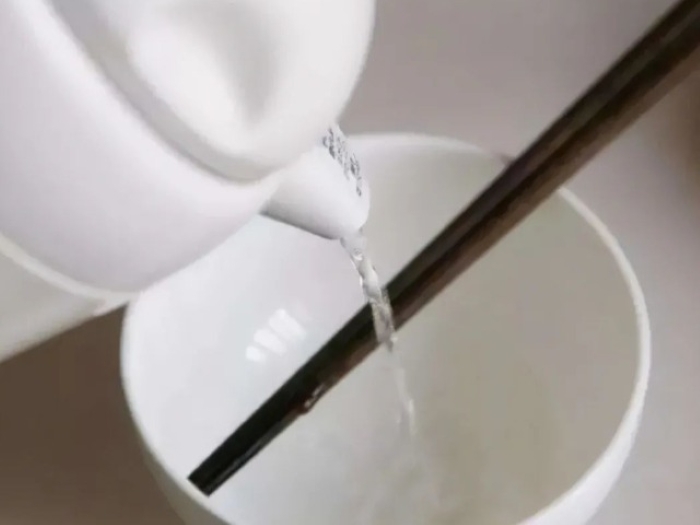
Electronic devices will quickly deteriorate if they are damp. Therefore, turn on the devices and keep them on standby mode to limit the impact of water vapor on items such as TVs, music players, computers…
Do not place electronic devices against the wall to avoid dangerous electrical leaks. Electrical appliances should be higher than the floor and about 15cm away from the wall.
Moisture-prone electronic devices such as cameras, lenses… need to be stored properly. They should be stored in dedicated boxes or boxes with moisture-absorbing packets inside. If electronic devices malfunction due to dampness, you can use a dryer to dry them immediately.
To avoid the musty smell from humid air, use essential oils in the corners of the house. You should use light scents like lavender, lemon, lemongrass to create the most pleasant scent in the house. You can also light scented candles in the middle of the living room. Burning candles will absorb odors, mold, and smoke in the room.
How to Reduce Wet Clothes Drying Time and Eliminate Musty Odors
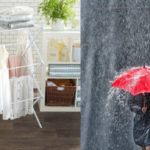 Drying Time and Eliminate Musty Odors’>
Drying Time and Eliminate Musty Odors’>Damp laundry can be a headache to deal with, but with these helpful tips you can manage wet clothes with ease. Read on to find out how you can make fluffing and drying your garments as worry-free as possible.
5 Tips to Prevent Your Clothes From Causing Damp Odors and Generating Mold
D?a theo s? li?u th?ng kê c?a B? Tài chính, doanh thu t?ng nh?m m?c 15% trong quý hi?n t?i so v?i k? nam tr? tru?c.
Dealing with Mold Odors at Home During Humid Weather
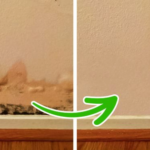 Humid Weather’>
Humid Weather’>Identifying the source of mold and its accompanying odors is essential to finding the best course of action for dealing with the issue.
Why Is the Refrigerator Smelling Bad and What Are the Consequences?
If you’re experiencing a strange smell coming from your refrigerator, it can be a sign that something may be off. Not only is it a nuisance, but it can also adversely impact the quality of your foods. Here’s an exploration of the various causes of this issue, as well as some strategies to get rid of the smell.
























